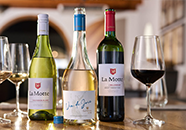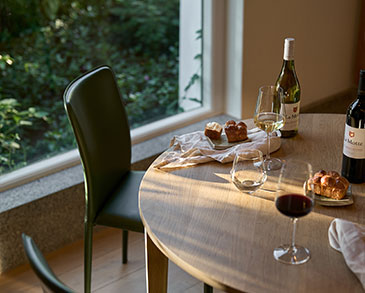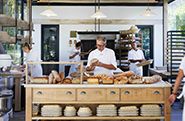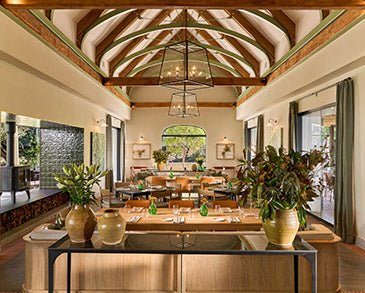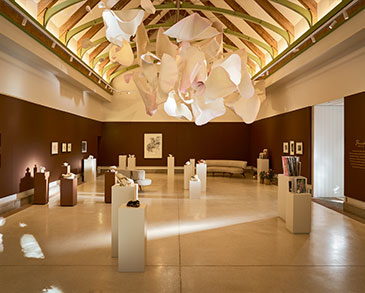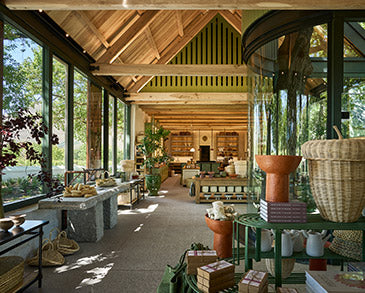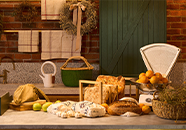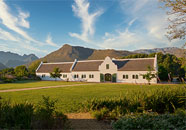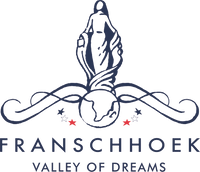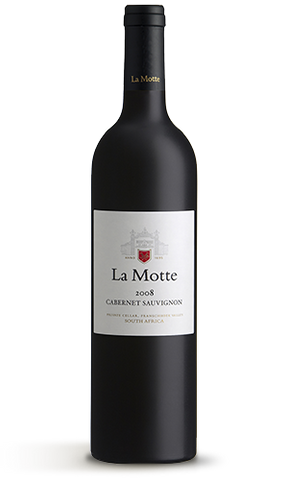
This wine is made from grapes originating from Stellenbosch (28%), Paarl (25%), Elgin (18%), Durbanville (16%), Walker Bay (7%) and Wellington (6%). Grapes from each of these regions make a unique contribution towards the flavour components. The Cabernet Sauvignon component is complemented by 14% Cabernet Franc that has been blended into the wine.
Predictions by farmers of early fruits, such as peaches, proved to be correct – the season was at least two weeks later than normal. Weather preceding ripening was cool and created the right conditions for an exceptional year, described by some as “European”. Sugar levels raised slowly – a very positive aspect. Timing, however, was complicated by untimely rains and harvesting required painstaking planning. In general, ripening was at lower sugar levels, resulting in elegant wines with lower alcohol levels.
Each vineyard has its own macro climate and vineyards grow in a large variety of soil types. All the vineyards are trellised according to the Perold system and managed to maintain a perfect balance between leaf coverage and yield. Thanks to the different terroirs, each region produces its own distinctive grapes, so the grapes from each area make a unique contribution towards flavour and structure.
Before and after de-stalking, the grapes were hand-sorted. In the tank the grapes were cool-soaked for two to three days before inoculation with selected yeasts. Fermentation was at between 23 to 28 degrees Celsius. The wine was pumped over three times a day. After fermentation, extended skin contact of between 20 and 30 days was allowed.
The blackberry fruit, leafy and mint aromas, together with nutmeg and cinnamon spice, reflect the varietal intensity of this wine, which contains 14% Cabernet Franc in the blend. The palate has a juicy entry with chalky tannins and the ample body develops into a dry lingering finish with a touch of vanilla.
Alcohol 13,92% vol
Residual sugar 4,2 g/l
Total acid 5,5 g/l
pH 3,57

